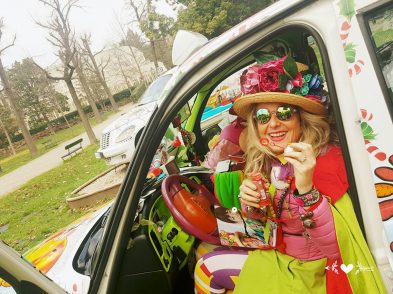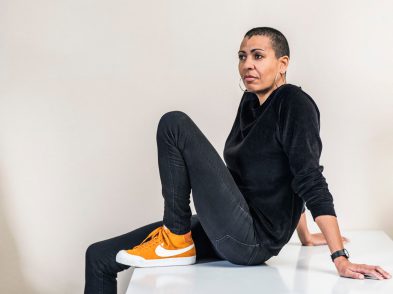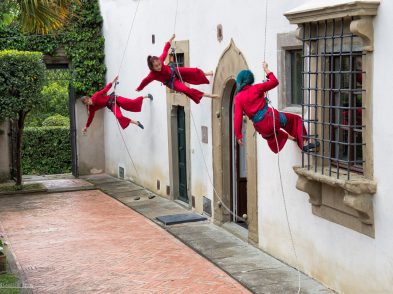How does a tiny London snail clinging to the underside of an olive branch connect with a major exhibition at the Uffizi Gallery? This image is just one of the unexpected symbolic juxtapositions that have emerged in my work as an artist through the burgeoning creative conversations and collaborations that have developed during this quarantine period.
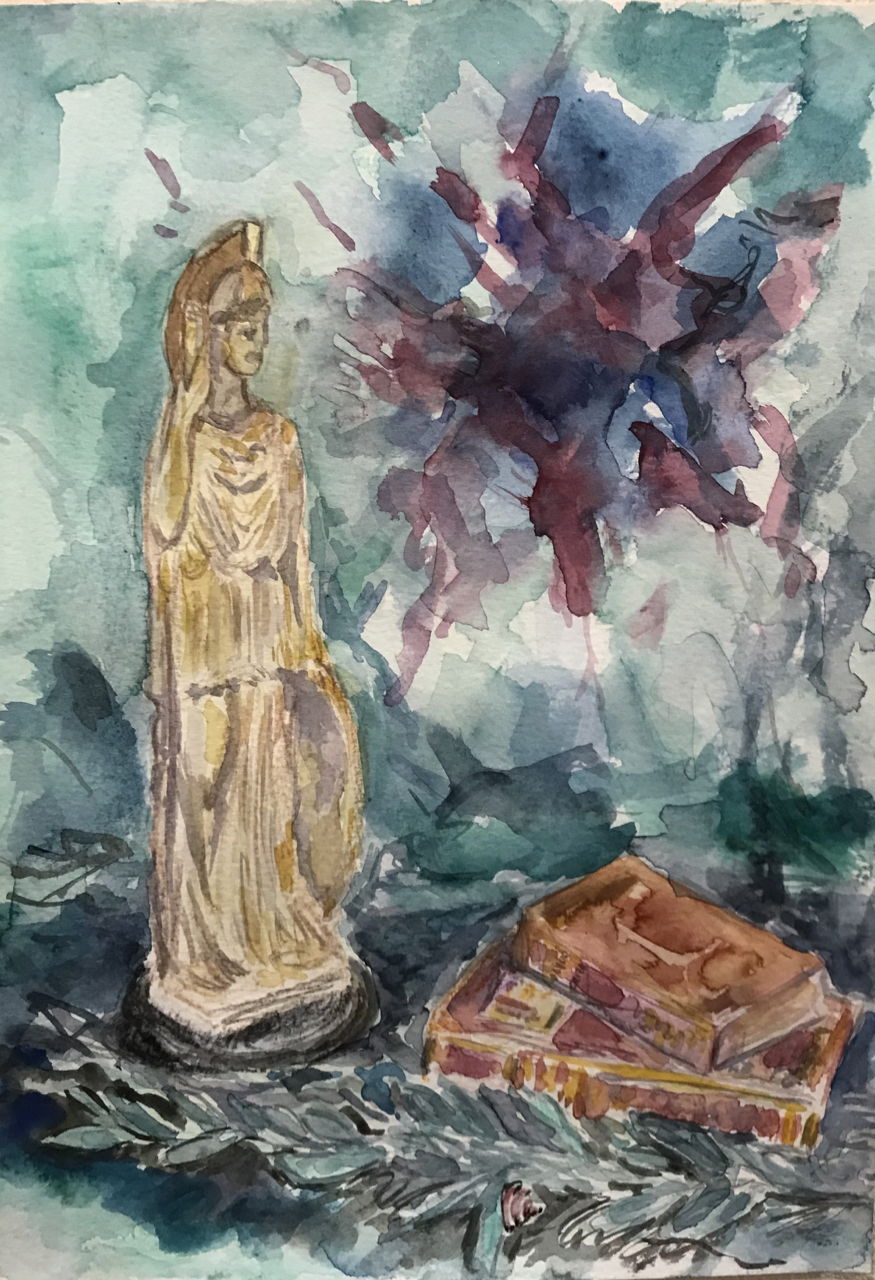
“Athina and the Snail”, Rea Stavropoulos, 2020
When Linda Falcone, director of Advancing Women Artists (AWA), first contacted me in London at the beginning of February to ask me to organise some events in the UK relating to the Garzoni Challenge, we had no idea what a catalyst to creativity this Florentine challenge would become as the Coronavirus impacted on our lives, wherever we were in the world.
The campaign launched by the Uffizi, in partnership with AWA and the Medici Archive Project, was intended to spotlight the exhibition The Greatness of the Universe in the Art of Giovanna Garzoni, due to have opened on March 11. Institutions and contemporary artists worldwide were invited to use Garzoni’s work as a springboard for discussion and creativity. The exhibition was postponed as the whole of Italy went into lockdown on March 10, but by then I had already started to work on ideas stimulated by the challenge and found enthusiastic collaborators around me.
Frankie proposed a collaborative crotched still life inspired by Garzoni’s luscious fruit bowls. Althea Greenan, curator of the Women’s Art Library at Goldsmith’s College, University of London, was to host an event with contemporary women artists talking about their practises and inviting audience participation through touch, discussion and drawing. I was to introduce AWA’s work and the Garzoni exhibition to these and other audiences in workshops and studio discussions. But as all live events were cancelled in the UK and we withdrew into our separate homes, we had to find new ways to communicate and keep going.
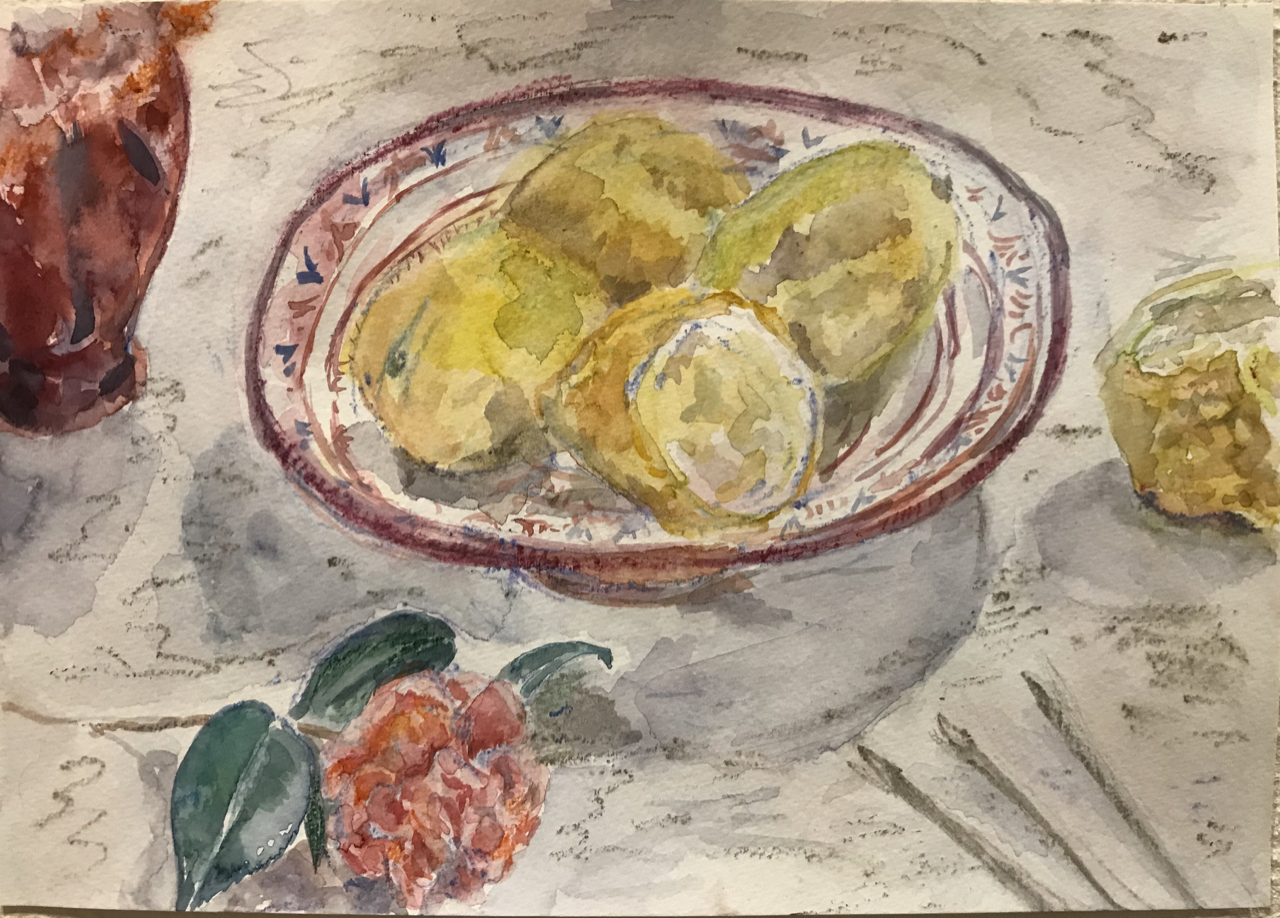
“Lemons and Camellia”, Rea Stavropoulos, 2020
The challenge has become a way of keeping the postponed exhibition present in our minds and Florence in our hearts, providing both inspiration and a focus for my own work and the work that I do with others. The exhibition’s title came from the idea that Garzoni included a “Universe in a painting”, referencing distant lands through the inclusion of exotic objects in her paintings. As our universe has contracted, with our movements curtailed to our immediate environment, our kitchens become our studios and we find inspiration in the everyday objects around us, new ways to communicate with the wider world and new creative outlets. My conversations via email, Instagram, Facebook and WhatsApp with Linda, Althea, Frankie and artists in various countries around the world have enabled us to wander through history, place and time, bringing beloved cities closer as we travel in our minds, memories and imagination, whilst loosely connecting with “Garzoni” themes. After painting lemons, I wrote about their significance at such a time, remembering how they were considered a remedy against cholera during the epidemic in Italy in 1973. Frankie promptly crotched a lemon plague amulet for me, which I wear as a brooch, and a Florentine friend sent me a photograph of her lemon tree.
At this time of year, I am usually based in Florence running a residential art course at Villa Il Palmerino. I now find myself running my art classes remotely, giving guidance and critiques, planning compositions for my own work with the objects I find around me and using these as suggested compositions for my students who find their own equivalents in their separate homes. This has given rise to imaginative responses and poignant juxtapositions as we all revalue our domestic world and discover or rediscover objects that link us with distant family and friends, personal stories and histories that comfort and nourish us, but also bring us hope for the future.
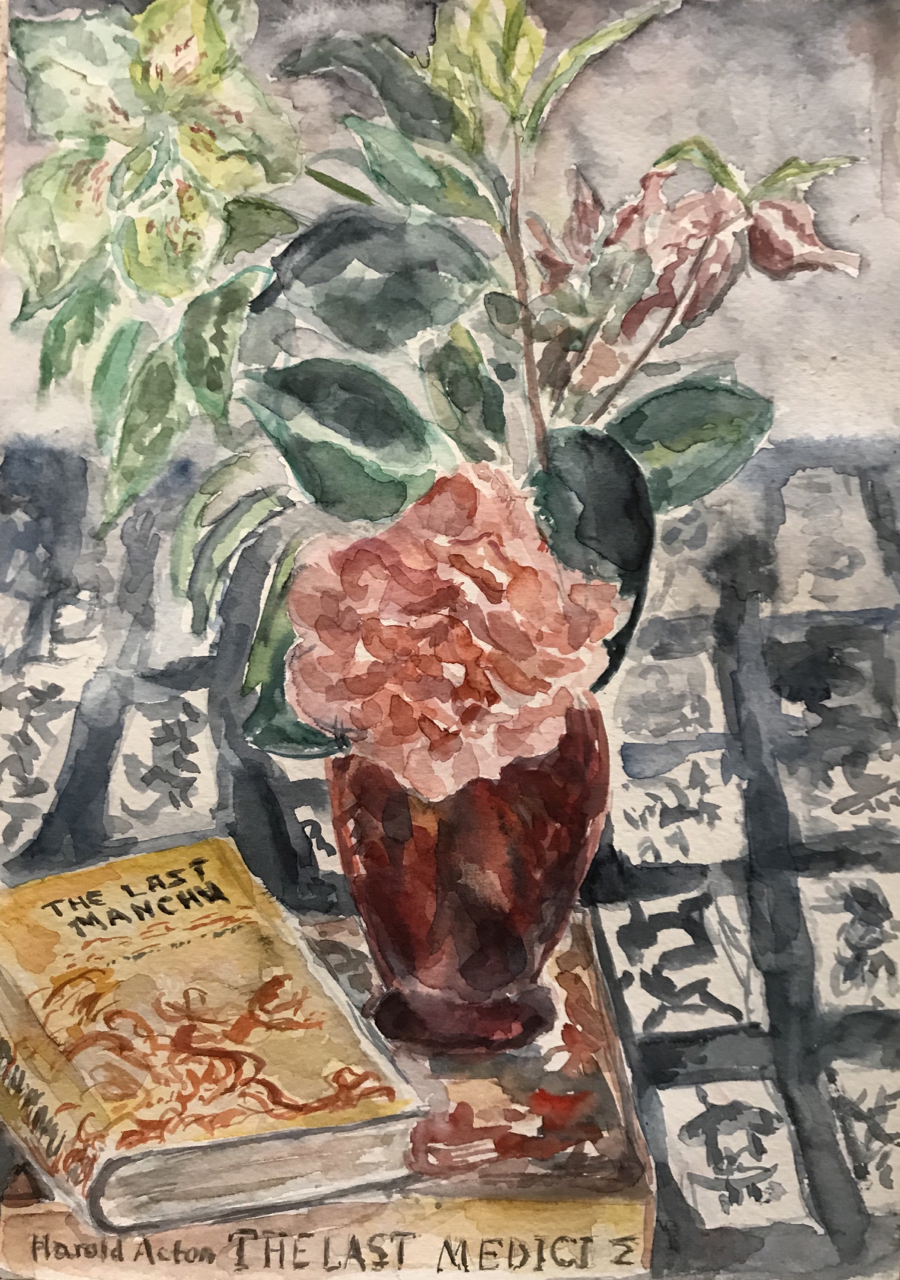
“The Last Medici”, Rea Stavropoulos, 2020
When Italy went into lockdown, I issued a painting challenge to Markos, an eight-year-old boy in Rome who loves to paint. A year ago, he sat beside me painting the frescoes in a Roman museum. Now he has become a stimulus for my own creativity, and a beacon of hope for the future as we carry on a conversation through our exchange of paintings.
There is scope for so many conflicting and co-existing emotions at this time: anger, frustration, anxiety, but also a sense of comradeship. The creative path helps to keep us going, providing solace and a sense of interconnectedness. As I assembled the elements for a painting to send to Markos, I went out to pick a sprig of olive leaves to complement the statuette of Athina as it was her offering of an olive tree that caused the Athenians to choose her over Poseidon as their patron goddess. Only later did I notice the tiny snail clinging to one of the leaves. A fitting message from the goddess of wisdom to send us the symbol of the “Slow” movement so that we appreciate what we have and how we function now that life has been stilled to its essentials. Linda Falcone christened the snail “Steinbeck” after she heard these lines from the American author’s Cannery Row, quoted in a video I made recently: “It is a time of great peace. A deserted time. A little era of rest.”

